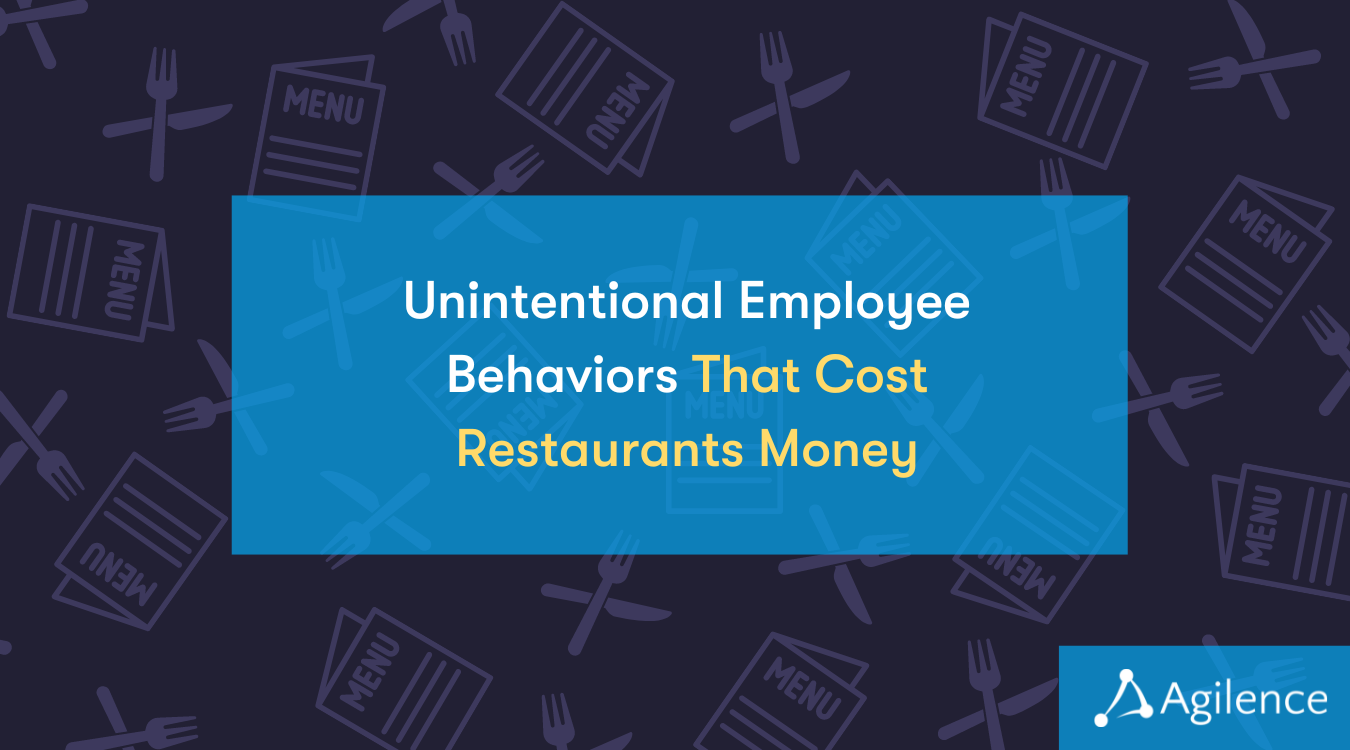5 Ways to Reduce Restaurant Labor Costs
Restaurant Keneavy Krenzin
Keneavy Krenzin

In the restaurant industry, serving great food is only one ingredient in the secret sauce for success. Great food may increase sales, but unless operators are also controlling costs, they’ll struggle to remain profitable. Regardless of concept, theme, geographic location, or target clientele, all restaurants have one key area of the business that can eat up a large portion of profit: labor costs.
Labor costs are the second greatest expense for most restaurants, accounting for roughly 20-30% of total revenue. But as essential as labor costs are, controlling them can be extremely challenging. Costs are constantly changing, usually driven upwards with minimum wage increases and high turnover rates. However, by efficiently scheduling and properly training staff, restaurant operators can better retain their top employees and keep labor costs under control, improving overall profitability.
1. Stay Up to Date on Labor Laws
Are you aware of your state’s labor laws regarding restaurant workers? If not, it could cost you and your restaurant a lot of time and money. Child labor laws, earned sick time, and employment records laws can change drastically from state to state. Knowing how many breaks workers are entitled to, if employees are responsible for customer walkouts, whether managers can take tips, and what the minimum wage is for waitstaff and bartenders are just a few of the laws restaurant owners need to be familiar with. Violating these laws could lead to hefty fines, lawsuits, or even business closure.
2. Revise Hiring and Scheduling Procedures
It may seem like a no-brainer, but hiring the right people can make all the difference when it comes to labor cost efficiency. Review hiring policies to ensure you’re adding top talent to the team and identifying red flags early to minimize any malicious behavior before it impacts the bottom line. It’s not uncommon for restaurant owners to hire seasonal staff during peak periods. But you may not actually need such a large seasonal workforce. Avoid copying and pasting schedules from week to week and instead, customize each schedule based on historical sales data and forecasted demand. Overtime is another often unnecessary expense that managers should be encouraged to avoid.
3. Properly Train Employees
Training your staff means that they’ll feel empowered to do their job correctly and become more efficient. Greater efficiency ensures you can schedule a leaner workforce without jeopardizing service. Training should include communicating customer service standards and repercussions when these standards aren’t met. All employees should have access to an employee handbook which includes everything they need to know about the business, including HR policies, mission statement, as well as crucial systems and processes. Don’t forget to conduct refresher training with all staff as bad habits can, and do, creep in. Also, ensure you have regular staff meetings and hold performance reviews to identify areas for improvement.
4. Reduce Employee Turnover
Turnover rates are notoriously high in the restaurant industry. These high turnover rates translate to higher labor expenses. Every time an employee leaves, you must invest time, money, and resources into finding and training a new employee. It’s a cost that can be avoided by focusing on retention. But how exactly do you retain existing employees?
Here are three ways:
- Rewards: Provide monthly rewards like “employee of the month” or daily rewards for those who make the most sales.
- Recognition: A simple “thank you” or other public recognition can boost their confidence and overall team morale.
- Promotion opportunities: Reward top-performing employees with a promotion to create a culture of growth that encourages other employees to work harder because they see a future with your restaurant. To help identify these top performers, review sales reports from your POS and operations reports to highlight those who regularly do more than their job description.
In short, reducing turnover can be a simple as hiring the right people, training them to be successful, and treating them well.
5. Analyze and Improve Processes
Everything and everyone in your restaurant hinges on the processes you have in place. Audit your current processes including time clocking, inventory management, and employee scheduling to identify optimization opportunities that will improve efficiency. For example, instead of using manual clocking out methods, use a solution that automates and digitizes the entire process while collecting valuable business data. Once standard operating policies have been established, formalizing these procedures by creating training materials and deliverables like checklists will help ensure that these procedures are adhered to.
Finding the right balance between enough staff to cover the lunch or dinner rush while simultaneously keeping labor costs in check is not an easy task. Reaching ideal labor costs is a long-term goal that requires insight into hiring and scheduling practices, training effectiveness, process efficiency, staff morale, and more. There is no one-size-fits-all way to minimize these costs, but the above tips are a great starting point.
Learn more about how to use restaurant data analytics to minimize labor costs and improve overall profitability by downloading our white paper, “Moving Beyond Basic Metrics: Leveraging Restaurant Data Analytics to Maximize Profits” today.
Related Articles

Unintentional Employee (and Manager) Behaviors That Cost Restaurants Money
While employee theft is the biggest contributor to shrink in restaurants, it’s not the only employee behavior hurting restaur...
How to Calculate and Control Your Restaurant’s Labor Costs
According to the National Restaurant Association, 89% of restaurant operators surveyed at the end of 2022 said that labor cos...
Expert Cash Handling Tips for QSRs
You’ve invested in systems that keep your inventory, labor, and operational costs on track. But unless you train your staff h...Subscribe to our blog
Receive free educational resources like exclusive reports, webinars, and industry thought leadership articles straight to your inbox.


